The ocean's abyss holds mysteries beyond human comprehension, where sunlight fades into perpetual darkness and pressure crushes all but the most resilient creatures. Here, in the crushing depths, evolution has sculpted life into forms so bizarre they seem ripped from nightmares. These are not the dolphins or clownfish of postcards, but organisms that defy logic—bioluminescent hunters with transparent flesh, gelatinous giants with coiled tentacles, and fish whose jaws unhinge like nightmare puppets. This is the realm of deep-sea oddities, where nature's creativity runs wild in the absence of human eyes.
Among these living enigmas, the black swallower (Chiasmodon niger) stands out as a gluttonous horror. No larger than a man's hand, this deep-water fish possesses a stomach so elastic it can devour prey twice its size. Its hinged jaws and needle-like teeth act as a one-way trap, ensuring whatever slips into its gullet never escapes. Scientists have hauled up specimens with swollen bellies containing fish still identifiable—proof of meals so enormous they eventually kill the swallower itself when decomposition gases bloat the corpse. This is a creature that literally eats itself to death.
Then there's the vampire squid from hell (Vampyroteuthis infernalis), a relic from the Jurassic period that neither squirts ink nor sucks blood. When threatened, this crimson phantom inverts its cloak-like webbing to expose glowing photophores, creating a disorienting light show. Its bioluminescent mucus—spewed in glowing blue clouds—buys precious seconds to vanish into the blackness. Unlike most cephalopods, it survives on "marine snow," the slow drizzle of dead plankton and fecal matter from above. A predator turned scavenger, this living fossil embodies deep-sea adaptation at its most surreal.
The midnight zone also harbors the barreleye fish (Macropinna microstoma), a creature with a transparent, fluid-filled dome where its forehead should be. Those eerie green orbs inside? They're not eyes but light-filtering lenses. Its actual tubular eyes point upward through the clear shield, scanning for silhouettes of prey against the faint surface glow. This evolutionary innovation allows the barreleye to spot bioluminescent jellyfish tentacles—then rotate its eyes forward to steal food right from their venomous grasp. Nature's equivalent of a submarine periscope, perfected over millennia.
Perhaps most unsettling are the deep-sea anglerfish, where females dangle bioluminescent lures to attract both meals and mates. The males of some species are mere parasitic appendages once they fuse to a female's flesh, their bodies atrophying until only testes remain. These "sexual parasites" represent one of reproduction's most extreme adaptations. Recent submersible footage revealed anglerfish with lures mimicking specific prey—one even imitates a glowing red shrimp, wiggling seductively to lure larger predators within striking distance of its jagged teeth.
Gelatinous lifeforms dominate these depths, none more alien than the giant siphonophore (Praya dubia). This colonial organism can stretch 130 feet—longer than a blue whale—yet is barely thicker than a broomstick. What appears to be one creature is actually thousands of specialized "zooids" working as a single predatory unit. Some zooids paralyze prey with venom, others digest it, while certain members exist solely to propel the collective through the water. The entire colony glows electric blue when disturbed, a living fiber-optic cable drifting through the abyss.
Even more perplexing is the Mariana snailfish (Pseudoliparis swirei), the deepest-dwelling fish ever recorded at nearly 27,000 feet in the Mariana Trench. Its gelatinous body lacks scales, and its skull shows unusual gaps to withstand pressures that would implode most submarines. This ghostly pink creature thrives where the weight of six miles of water presses down—an environment researchers once believed impossible for vertebrates. The snailfish's existence forces us to reconsider the very limits of complex life.
These organisms represent mere glimpses into the deep's menagerie. Every deep-sea expedition discovers new species—each more outlandish than the last. They remind us that Earth's greatest biodiversity may lurk not in rainforests or coral reefs, but in the eternal night where evolution writes its strangest scripts. As technology allows deeper exploration, we're essentially discovering an alien planet teeming with life that challenges our understanding of biology itself. The deep ocean doesn't just harbor strange creatures—it redefines what "life" can be.

By /Aug 4, 2025
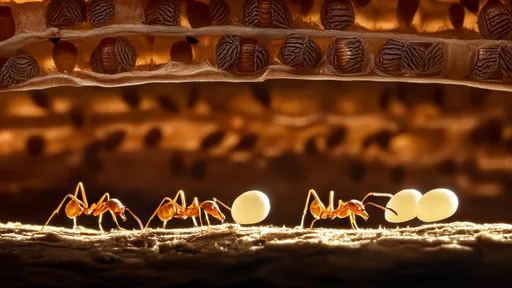
By /Aug 4, 2025

By /Aug 4, 2025

By /Aug 4, 2025
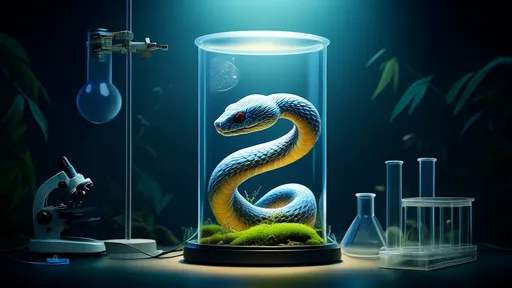
By /Aug 4, 2025
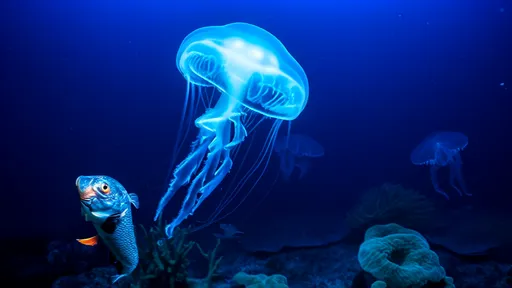
By /Aug 4, 2025
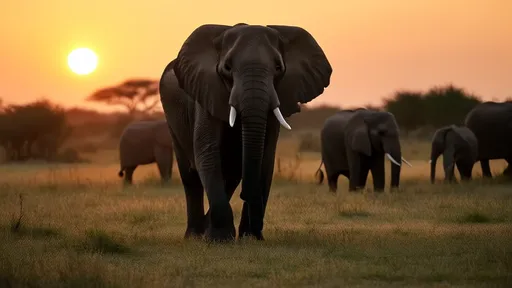
By /Aug 4, 2025
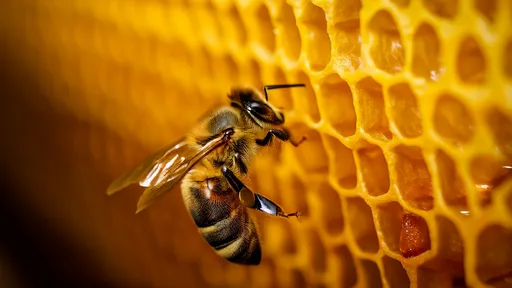
By /Aug 4, 2025

By /Aug 4, 2025
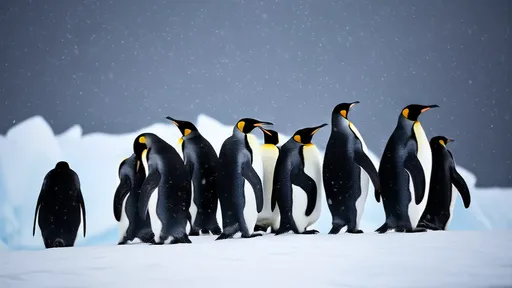
By /Aug 4, 2025
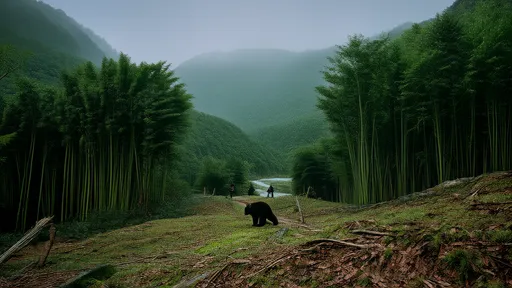
By /Aug 1, 2025

By /Aug 1, 2025
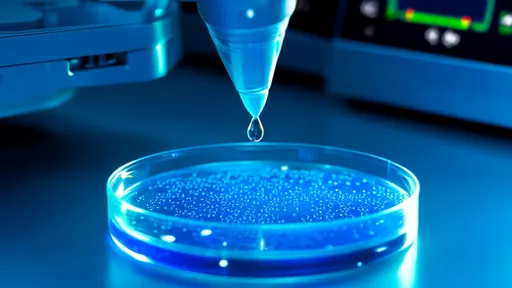
By /Aug 1, 2025
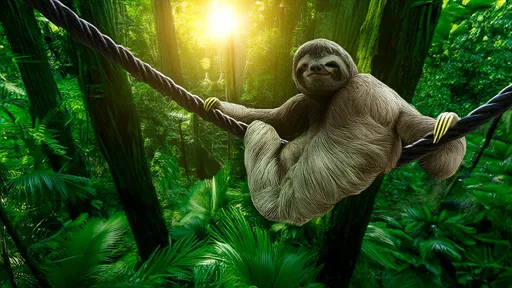
By /Aug 1, 2025
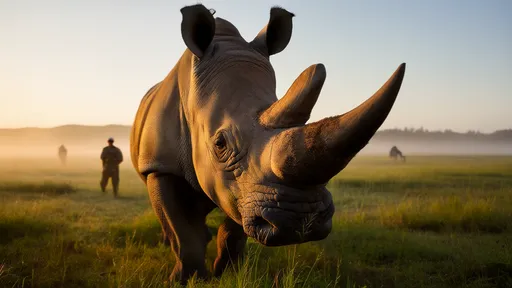
By /Aug 1, 2025

By /Aug 1, 2025

By /Aug 1, 2025

By /Aug 1, 2025

By /Aug 1, 2025
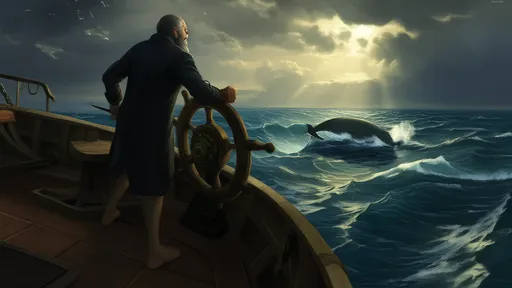
By /Aug 1, 2025